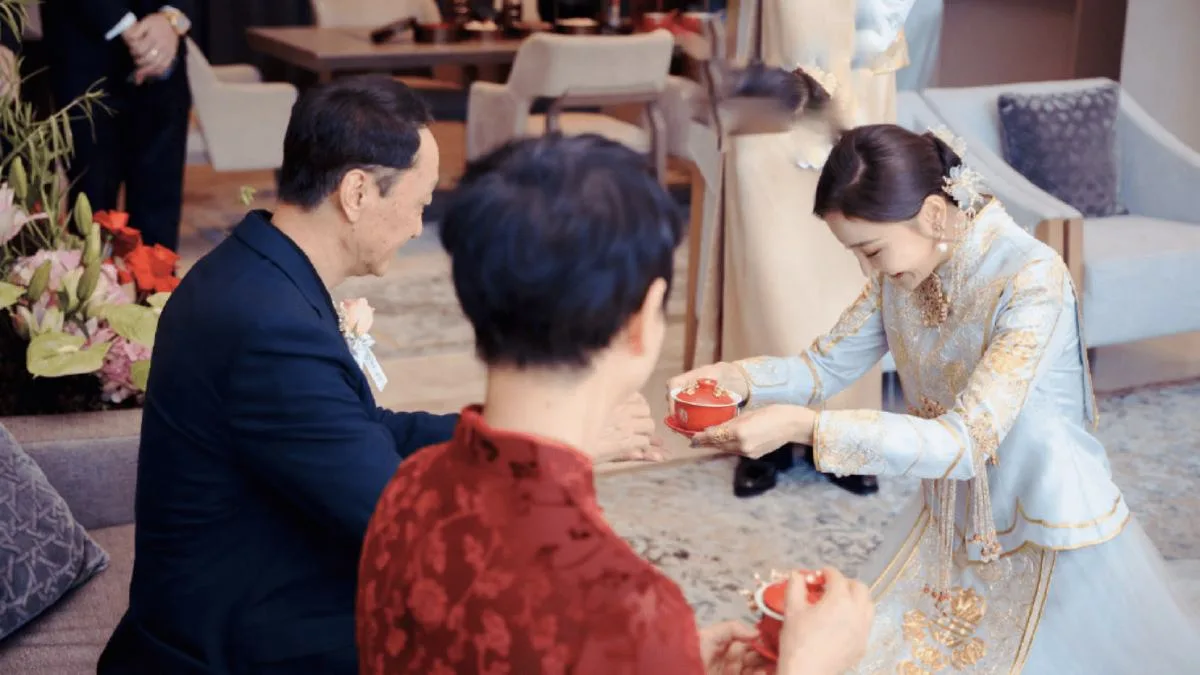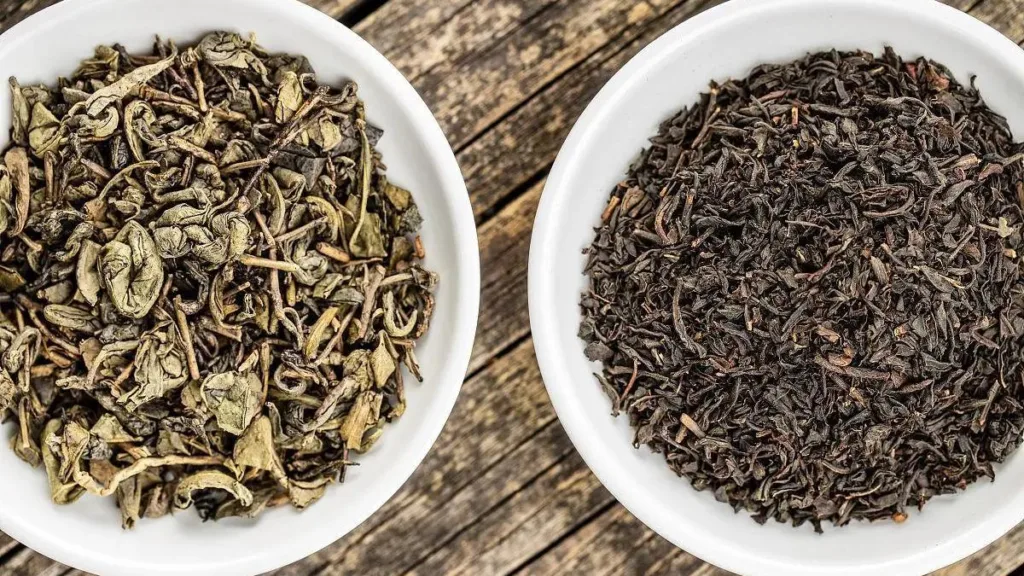In traditional Chinese weddings, the Tea Ceremony is a cherished ritual that holds immense cultural significance. It is a practice deeply rooted in filial piety and respect for elders. The duration of the Chinese Tea Ceremony can vary based on the customs followed, but it generally plays a crucial role in the overall wedding festivities.
Traditional Tea Ceremony Duration:
The Tea Ceremony is typically held in the homes of the newlyweds, with separate ceremonies conducted by the bride and groom’s families. The duration of each ceremony may vary, but on average, each session lasts around 30 minutes. This timeframe allows for the completion of the ceremony without rushing through the essential elements.
The selection of tea utensils and materials is a crucial aspect of the ceremony. Traditionally, two pairs of tea cups are prepared, preferably adorned with festive, solid-colored gaiwan covers. Symbolic elements such as auspicious fruit may be added to each cup, signifying stability and prosperity.
Tea Ceremony Rituals:
The manner in which tea is presented during the ceremony holds deep cultural meaning. The couple usually presents the tea with both hands, bowing respectfully, and extending the tea cups towards their parents. This gesture symbolizes gratitude, respect, and the beginning of the couple’s journey as a married pair.
Some couples opt for a kneeling position during the Tea Ceremony, further emphasizing their respect and gratitude towards their parents. This traditional posture adds a touch of solemnity to the ceremony, highlighting the gravity of the moment.
Tea Offering Sequence:
The sequence of offering tea follows a specific order, with the groom usually presenting the first cup of tea. The groom starts by offering tea to his father, followed by his mother. After each offering, he “changes his address,” signifying the transition of the familial relationship. The bride then follows the same sequence, offering tea to her in-laws.
Significance of Changing Address and Red Packet Etiquette:
The act of “changing address” is accompanied by the presentation of a red packet containing a monetary gift. The amount in the red packet often carries symbolic significance. Common amounts include 999 or 9999, symbolizing longevity and a wish for enduring love, or 1001/10001, signifying a perfect match. Receiving the red packet is a moment of gratitude and respect, and the couple is expected to accept it with both hands and express their appreciation.
Variations and Additional Elements:
While the traditional form of the Tea Ceremony involves the exchange between the couple and their parents, there are variations to this ritual. Some couples choose to involve guests by offering them the first cup of jasmine tea, expressing gratitude for their presence and blessings.
The subsequent cups may include a cup of red tea presented by the bride to the groom, symbolizing a wish for a vibrant and harmonious future. The groom may reciprocate with a cup of Tie Guan Yin tea, symbolizing the delivery of offspring. The final cup, usually a serving of Pu’er tea, is offered to both sets of parents, expressing gratitude for their nurturing care.
In conclusion, the Chinese Wedding Tea Ceremony is a significant and time-honored tradition that adds depth and cultural richness to the wedding festivities. While the duration may vary, the essence remains the same – a demonstration of respect, gratitude, and the establishment of familial ties. May all newlyweds find joy and everlasting happiness in their marital journey.



